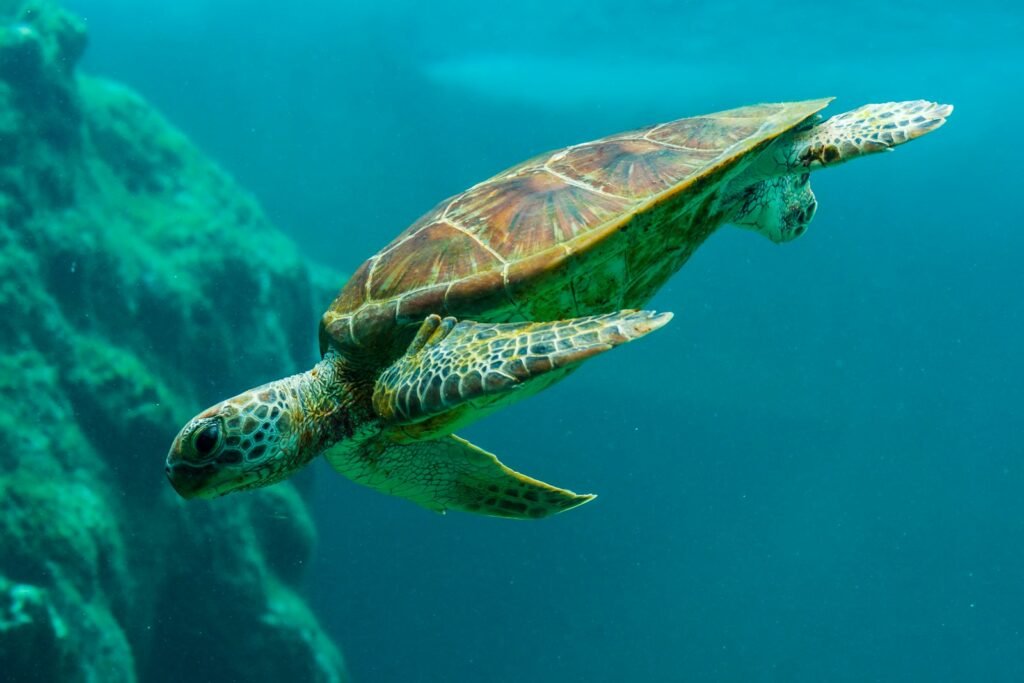Imagine emerging from a sandy nest under a moon-lit sky, just minutes old, and then sprinting towards the vast, roaring ocean. For sea turtle hatchlings, this is only the beginning of a journey so remarkable it nearly defies belief. Tiny, fragile, and alone, these creatures set off on migrations that span thousands of miles—crossing entire oceans with nothing but instinct and nature’s secret cues to guide them. Scientists have called it one of the most astonishing feats in the animal kingdom. What makes it all the more inspiring is that these hatchlings are not taught or led; they are born with the innate ability to find their way, against all odds. Dive in, and prepare to be moved and amazed by the epic story of sea turtle migration.
The First Dash: A Perilous Race to the Sea

The journey of a sea turtle begins with a frantic scramble from nest to surf. Hatchlings emerge en masse, usually at night, to avoid predators lurking on the beach. Yet, even in darkness, danger looms—ghost crabs, gulls, and other predators take advantage of the chaos. Despite the odds, a lucky few reach the waves. For those survivors, this first sprint is not just about survival; it’s about imprinting on the world. Scientists believe that during this dash, hatchlings memorize the unique chemical and magnetic “address” of their birthplace, a vital step for their eventual return years later.
Navigating by Moonlight and Starlight

Once on the beach, hatchlings use the light of the moon and stars to orient themselves toward the ocean. Artificial lights from hotels and streets can confuse them, leading to tragic misdirection. Natural light over the water offers a reliable cue, guiding them straight to the sea’s edge. This reliance on celestial navigation is critical in those first moments. It’s an ancient dance between animal and environment, with the sky serving as a silent guide for countless generations of turtles.
Into the Frenzy: The Lost Years Begin
After that initial dash, hatchlings enter what biologists call the “lost years.” For several years, these young turtles disappear from view, carried by currents far from shore. No one knew exactly where they went until recent advances in satellite tracking technology revealed their secretive travels. During this time, they drift and feed in the open ocean, often hitching rides on floating seaweed. It’s a period of vulnerability and growth, a kind of marine adolescence spent navigating vast, unpredictable waters.
The Magnetic Map Within
One of the most fascinating discoveries about sea turtles is their innate ability to sense Earth’s magnetic field. Researchers have found that turtles use this “built-in compass” to determine both latitude and longitude, helping them stay on course during long migrations. This sense is so refined that turtles can detect subtle differences in magnetic intensity and angle, almost as if they are reading invisible lines drawn across the ocean. It’s a natural GPS system that has evolved over millions of years.
Riding the Ocean Currents
Sea turtles are masters at using ocean currents to their advantage. Hatchlings instinctively ride major current systems like the North Atlantic Gyre, which helps carry them across immense distances with minimal effort. By following these watery highways, turtles can travel thousands of miles while conserving precious energy. Understanding and timing these currents is crucial, as they provide not only transportation but also access to food-rich areas where young turtles can grow and thrive.
Recognizing the Chemical Signature of Home
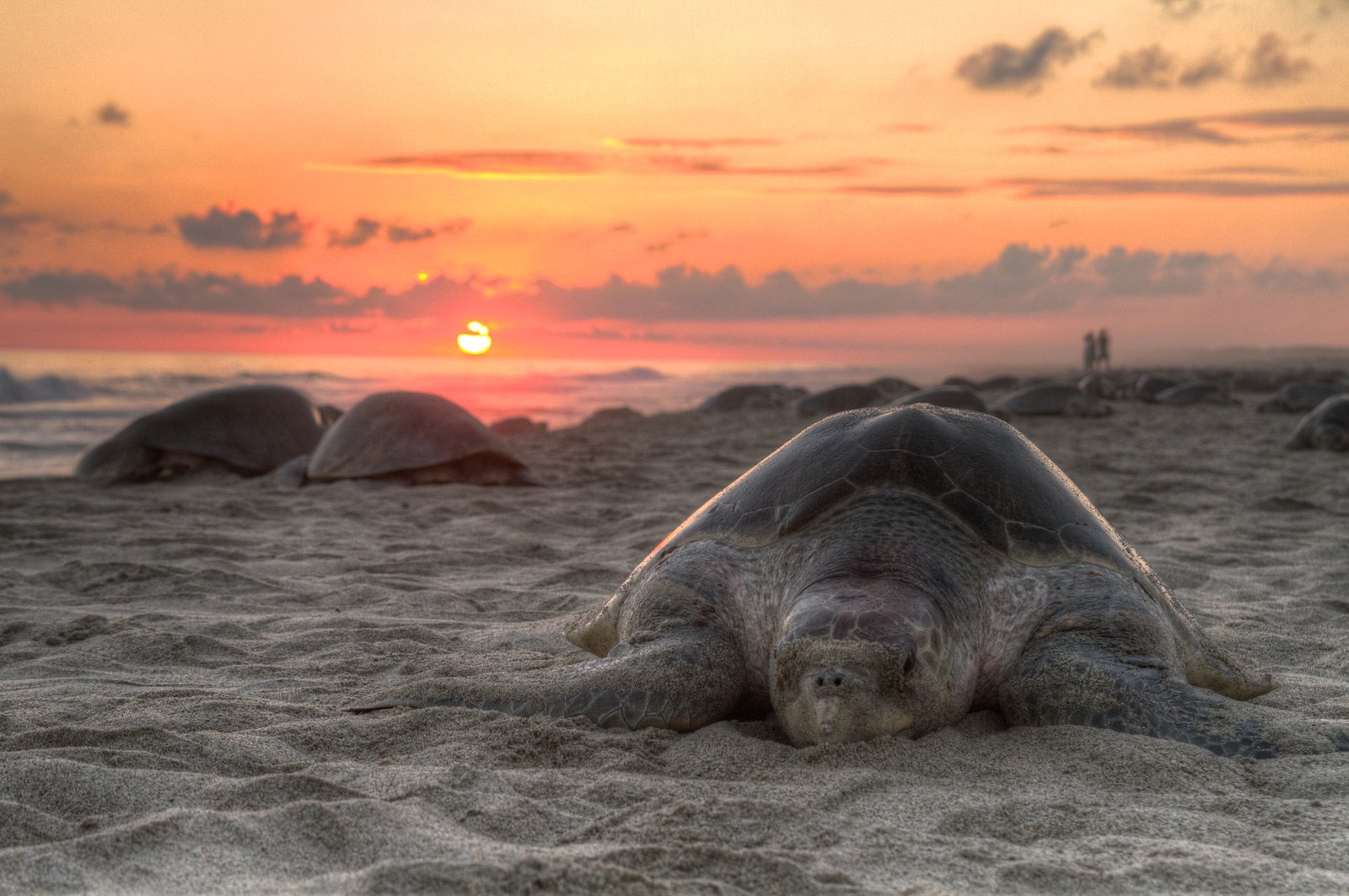
When it comes time for adult turtles to return and nest, they rely on the chemical cues imprinted during their hatching. The unique scent of their natal beach is stored in their memory, allowing them to locate it years later with uncanny accuracy. This chemical recognition is so precise that some turtles return to the exact stretch of coastline where they were born. It’s a reunion written in the language of molecules and memory—a testament to the power of nature’s programming.
Imprinting: Nature’s Memory Chip
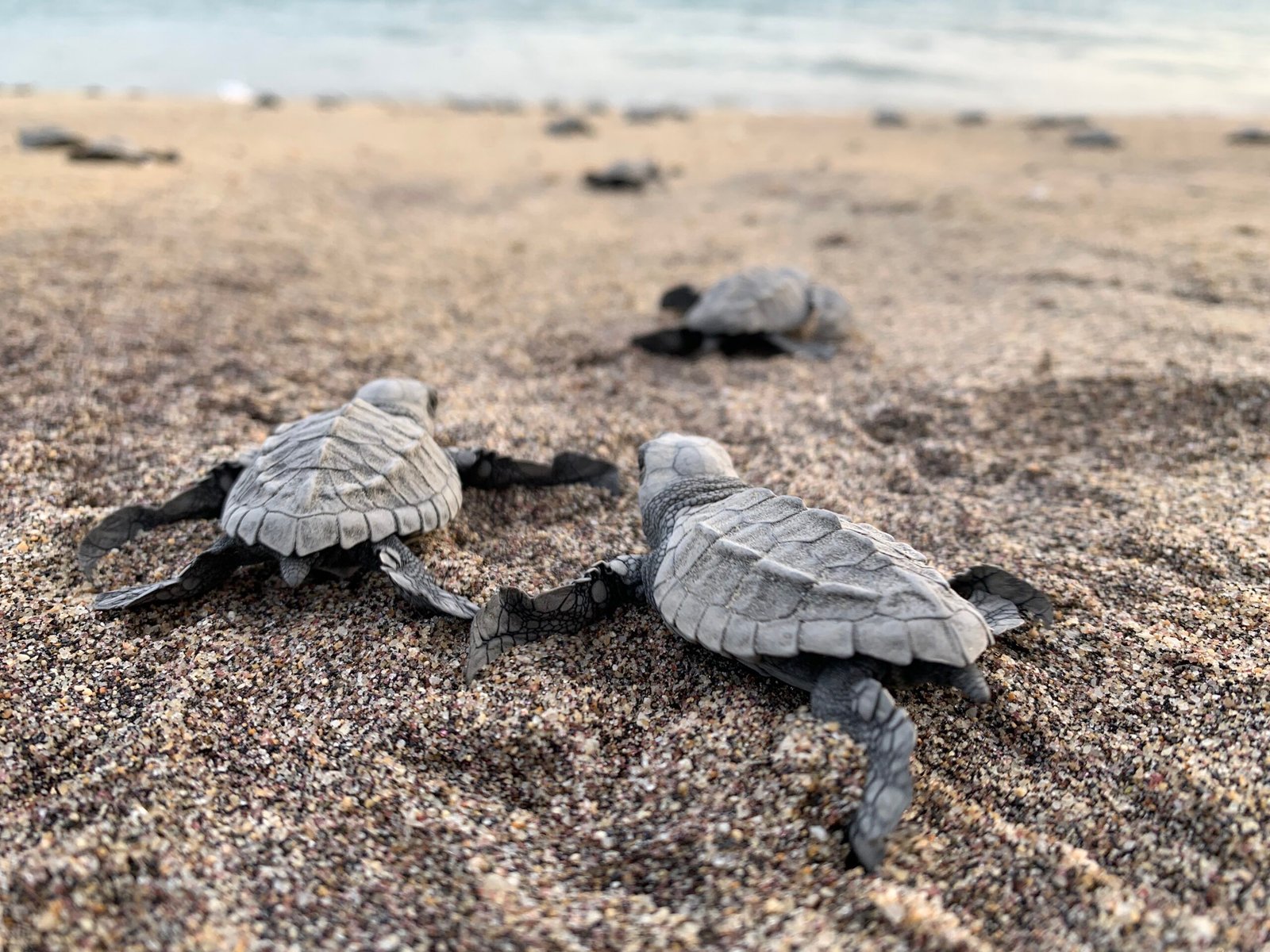
The process of imprinting is one of the most mysterious aspects of sea turtle behavior. Almost like downloading a software update, hatchlings absorb a snapshot of their place of birth during those first moments on land. This information is believed to be stored in their brains for decades, guiding them back as adults. Scientists are still unraveling exactly how this works, but the evidence suggests that both magnetic and chemical cues play a role in this extraordinary feat of animal memory.
Following the Sun: Daytime Navigation Tricks
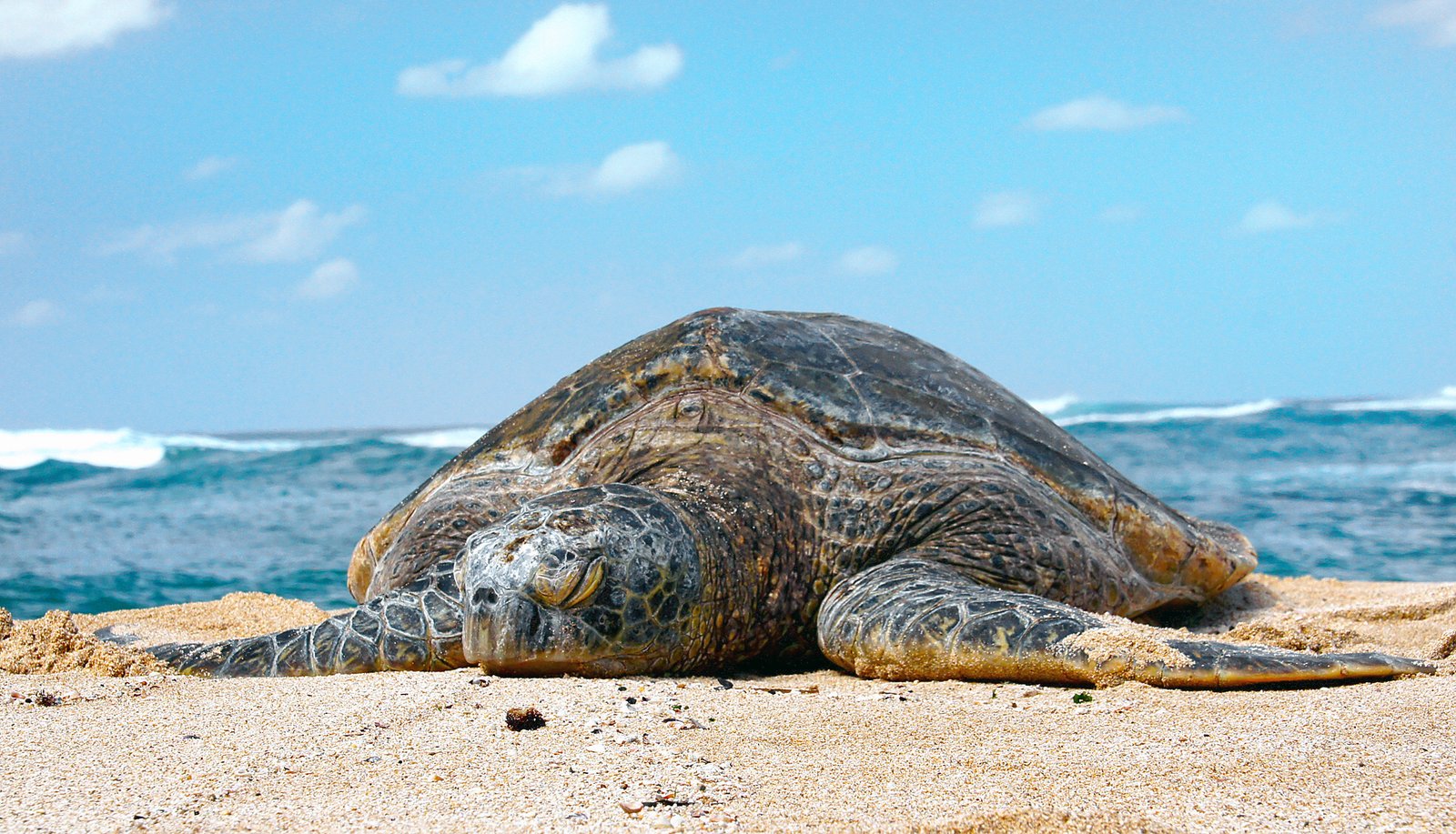
While the moon and stars guide hatchlings at night, daytime presents a new set of challenges. Some studies suggest that turtles can use the position of the sun and the polarization of sunlight on the waves to orient themselves. This ability allows them to maintain a straight course even when the sky is bright and the landscape featureless. The sun, in all its blazing glory, becomes a silent partner in their survival story.
Learning from Experience: The Role of Trial and Error
Even with all these natural tools, sea turtles are not infallible. Young turtles may take wrong turns or end up in less-than-ideal habitats. Yet, over time, they learn from their experiences, adjusting their migratory paths for better success. This blend of instinct and adaptation is part of what makes their journey so resilient. It’s nature’s way of fine-tuning a remarkable migration with every new generation.
Threats from a Changing World
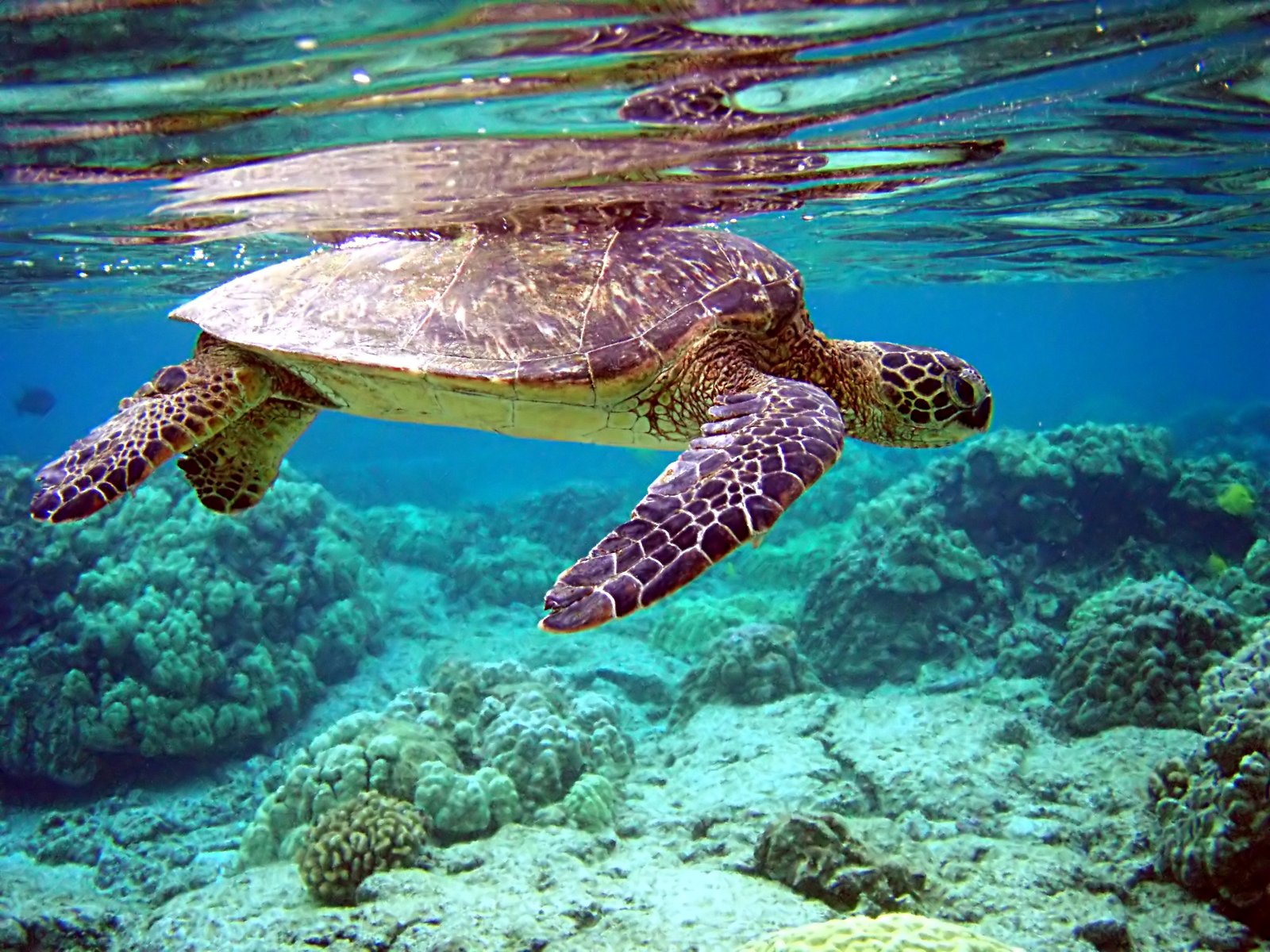
Modern life brings new dangers for sea turtles. Coastal development, pollution, and climate change all pose significant risks to their migratory success. Artificial lights can disorient hatchlings, while plastic debris and fishing nets endanger turtles at sea. Warming oceans may also shift current patterns and alter the magnetic map that turtles rely on. The pressures are immense, making their already difficult migration seem almost impossible.
Surviving the Open Ocean
Out in the vast blue, young turtles face a gauntlet of threats. Predators lurk beneath the waves, and storms can scatter them far off course. Food is not always plentiful, and competition is fierce. Yet, their resilience shines through. Turtles have evolved tough, flexible strategies for survival—feasting on jellyfish, hiding in seaweed mats, and moving with the rhythms of the ocean. Every survivor carries the story of countless dangers overcome.
The Return Home: An Emotional Reunion
Decades after their birth, adult sea turtles return to their natal beaches to nest. It’s a journey spanning thousands of miles and often decades of wandering. The sight of a turtle hauling herself onto the same stretch of sand where she began life is a deeply moving scene for any observer. This return is not just a biological necessity; it’s a symbol of endurance, memory, and the unbroken thread connecting past and future generations.
Species on the Move: Unique Journeys
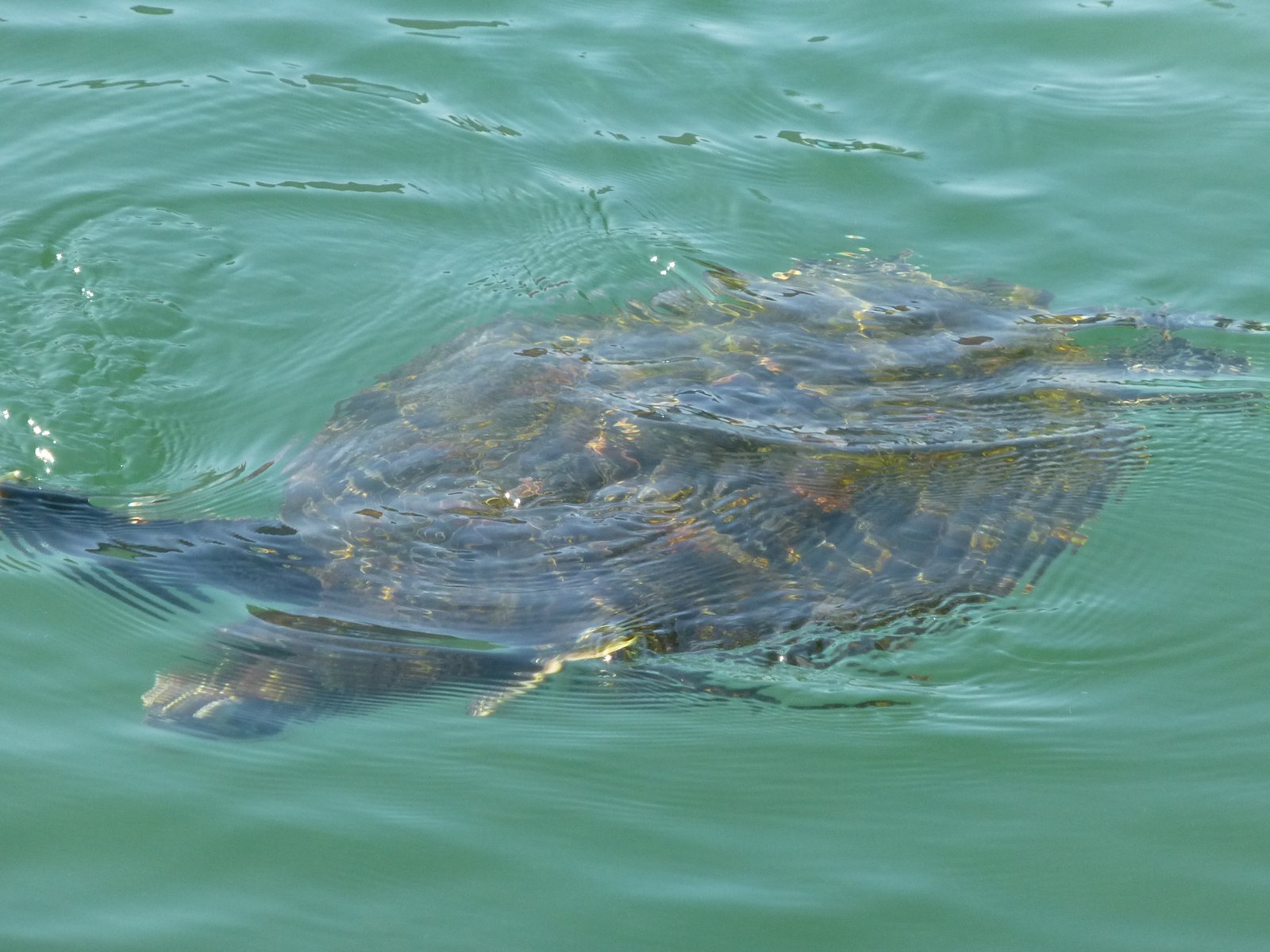
Not all sea turtles migrate the same way. Green turtles, loggerheads, leatherbacks, and hawksbills each follow routes tailored to their needs. Some cross the Atlantic, while others circle the Pacific. Leatherbacks, the largest of all, can travel over 10,000 miles in a single migration. These species-specific journeys highlight the remarkable diversity of strategies within the sea turtle family.
Technological Breakthroughs: Unraveling the Mystery
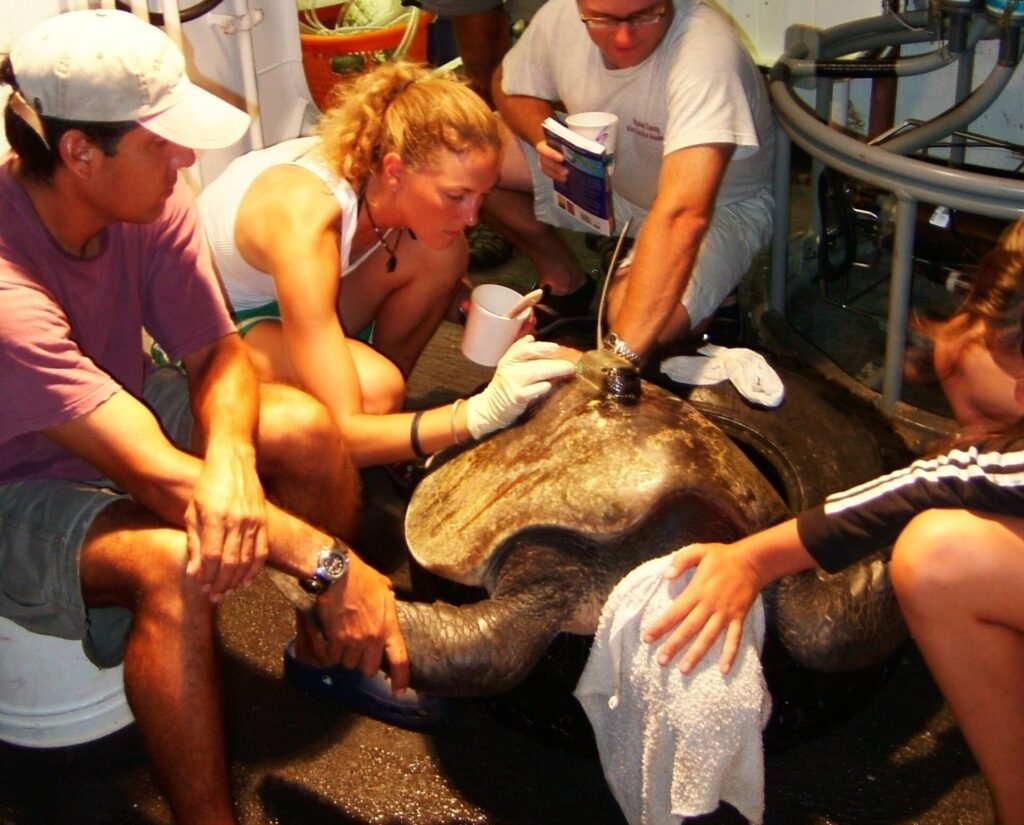
Tracking sea turtles was once nearly impossible. But tiny satellite transmitters and genetic studies have revolutionized our understanding of their movements. Scientists can now follow individual turtles in real time, revealing hidden migration corridors and critical habitats. These discoveries are not just scientific triumphs; they give us hope for better protecting these ancient mariners in the future.
The Role of Conservation: Giving Turtles a Chance
Dedicated conservationists around the world are fighting to give sea turtles a better shot at survival. Efforts include protecting nesting beaches, reducing light pollution, cleaning up plastic, and creating safe corridors through fishing zones. Each small victory adds up, giving these extraordinary creatures a fighting chance to keep their impossible migration alive.
Lessons from the Turtle’s Journey
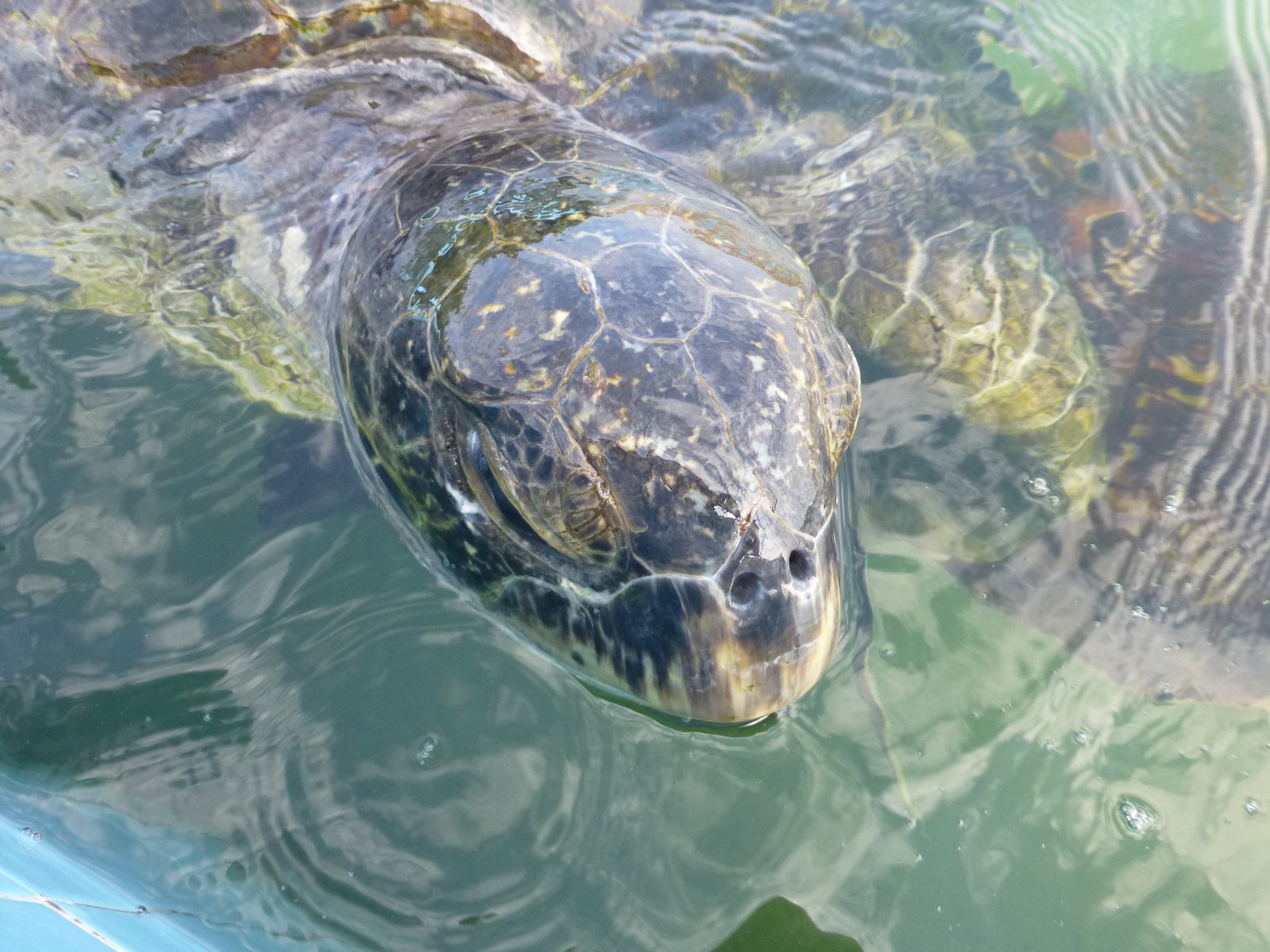
The story of sea turtle migration is more than just a tale of survival. It’s a lesson in persistence, adaptation, and the interconnectedness of life. These animals remind us that even the most impossible journeys can be achieved with a mix of instinct, determination, and a little bit of luck. Their story inspires us to look at our own challenges with new eyes.
A Call to Protect the Ocean’s Travelers
Every year, fewer sea turtles complete their epic journey. Their future depends on the choices we make today. By supporting conservation and making small changes—like turning off beachfront lights or reducing plastic use—we can help ensure these ancient mariners continue to cross oceans for generations to come.
The sea turtle’s impossible migration is a triumph of nature’s ingenuity and the enduring spirit of life itself. Isn’t it incredible how something so small can find its way across an entire ocean?

